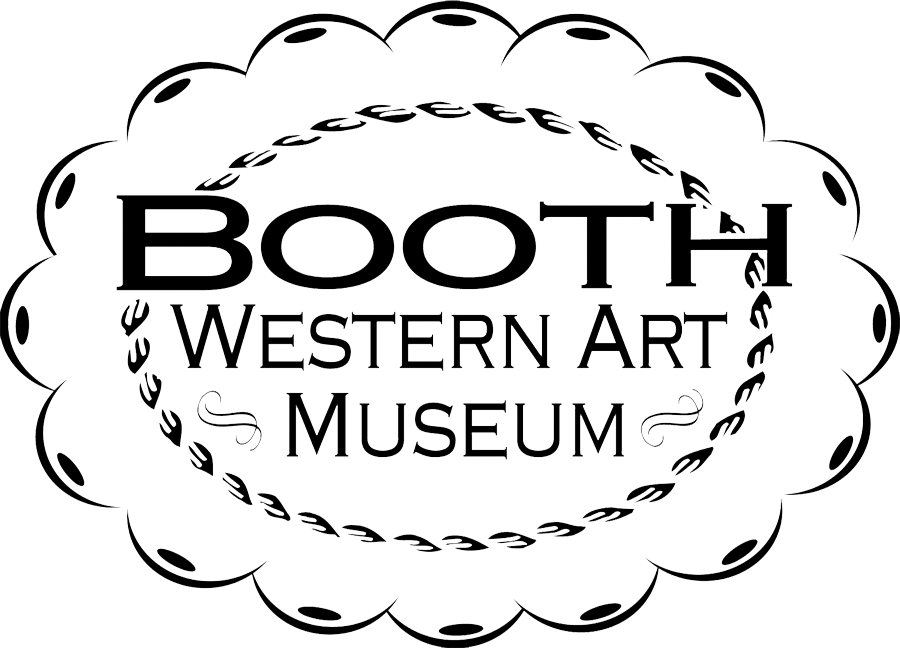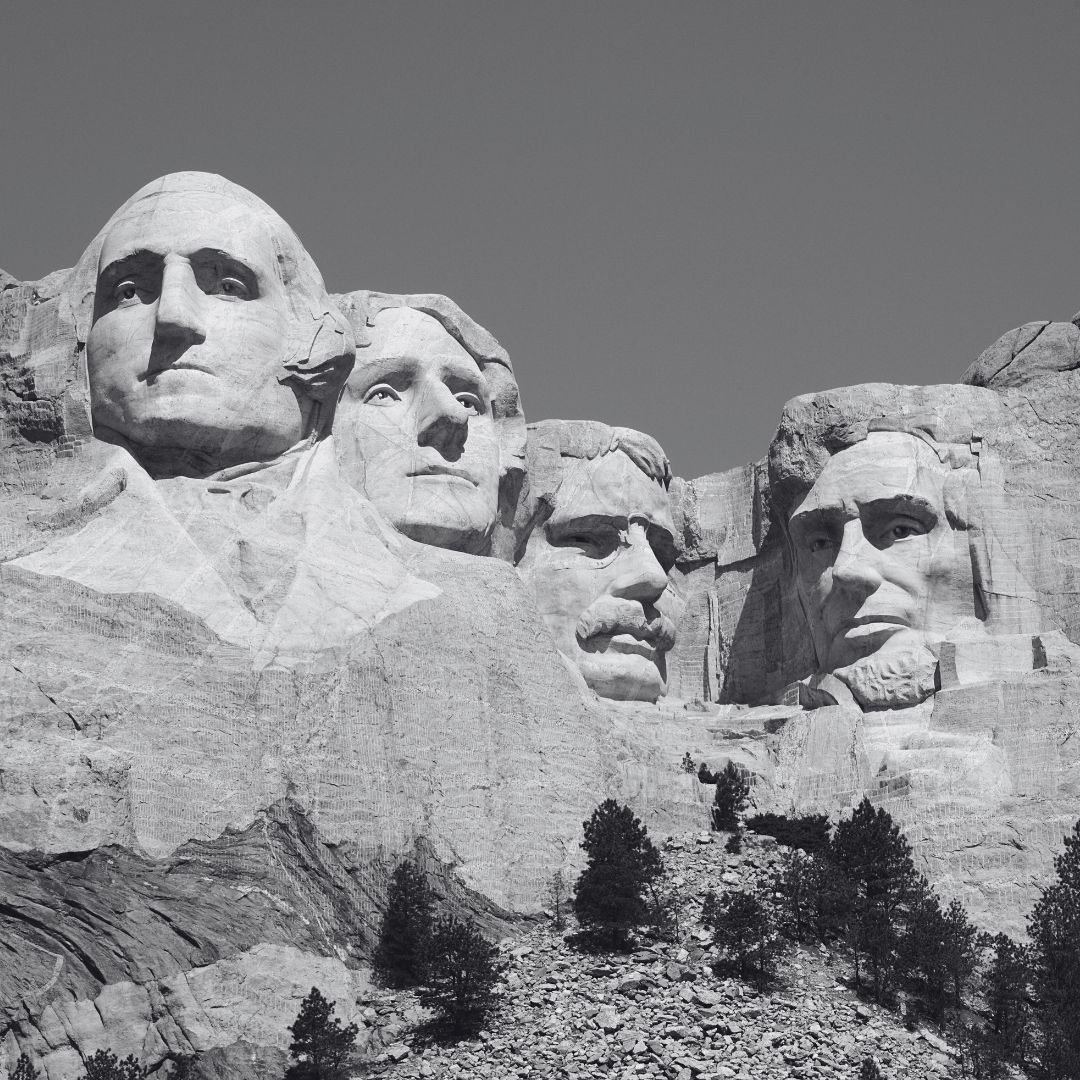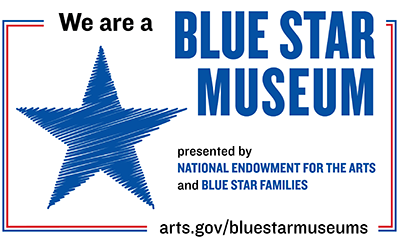Quick: how many one term presidents are on Mount Rushmore?
Answer: none, as Washington, Jefferson, Lincoln, and Theodore Roosevelt all served more than 4 years. By definition of being on Mount Rushmore, they were impactful presidents.
Surprisingly, half of our presidents served one term or less in office. Yes, twenty three of our forty-six presidents had a short time to implement their policies and make a difference.
Among those short-term presidencies, which one was the most impactful?
It’s easy to eliminate William Henry Harrison, since he died only 30 days into his presidency. Five of these men (Tyler, Fillmore, Andrew Johnson, Arthur, and Ford) were vice presidents who ascended to the oval office in an abrupt way due to the death or resignation of the president. They served out the term in unremarkable fashion not to be re-elected.
However, one man became the first ‘dark horse’ candidate to win the White House and did so in part by pledging he would only serve one term and quit.
James K. Polk, Democrat from Tennessee, was little known outside his home state despite having served as the Speaker of the United States House of Representatives. In the presidential election of 1844, the Whigs nominated Henry Clay, a nationally known politician from Kentucky. Polk won the Democratic nomination, beating former president Martin Van Buren and earning the long shot chance to beat Clay.
In the campaign, Polk embraced westward expansion as his primary policy. The annexation of Texas was a hot topic at the time, and Clay came out against it. Polk, better reading public opinion, was fully behind having Texas come into the union. He also endorsed another hot geographical dispute of the day, the Oregon Territory. He agreed we ought to have the northern border as “54/40”, just short of then Russian Alaska. The slogan was “54/40 or Fight”.
Polk also helped his campaign by positioning himself as Young Hickory, a nod to his Tennessee mentor, former president Andrew Jackson. Polk beat Clay 170 to 105 in the Electoral College and took the oath of office on March 4, 1845.
About that time, newspaper editor John O’Sullivan coined the term Manifest Destiny, an all-encompassing concept meant to embrace and encourage westward expansion. The concept assumed the American people’s special virtues and institutions were worthy of replication in the west, the mission to redeem and remake the west in the image of the agrarian east was desirable, and an irresistible destiny was at hand to accomplish coast to coast flourishing of the American way of life.
Newly sworn in President Polk was only too happy to oblige.
Texas was annexed in 1845. The Oregon territorial dispute with Britain was resolved in 1846 at the 49th parallel, bringing all of today’s Washington State and Oregon into the Union.
And Polk wasn’t done yet.
He coveted the vast Mexican held territory of California, Arizona and western New Mexico plus today’s Nevada, Utah, and western Colorado. The question was, how to acquire it?
Mexico and Texas had long disputed the southern border. Mexico believed it was the Nueces River. Texas thought it was the more southern Rio Grande. In 1846, President Polk, as Commander in Chief, purposely positioned armed forces in the disputed territory. When a small fight broke out and some soldiers died, Polk went to Congress for a declaration of war. He won overwhelming support, and the armies, led by Winfield Scott and Zachary Taylor, won the war by finally taking Mexico City. The Treaty of Guadalupe Hidalgo in 1848 ceded all the Mexican controlled land that Polk wanted for $15 million.
By the end of his one term, James Polk had added immense territories to our country, expanded our coverage to the Pacific Ocean and filled in nearly all the spaces we now know as western states.
Like Jefferson and the Louisiana Purchase agreement with Napoleon in 1803, Polk had a vision of American expansion ‘from sea to shining sea’. That Polk resorted to expansion primarily by force vs. agreement in the case of Mexican possessions remains a much-discussed strategy.
Either way, the one term presidency of James K. Polk goes into the books as the most impactful in our history. Polk, a workaholic, died at age fifty-three, just 90 days after Zachary Taylor succeeded him in 1849.
Interested in learning more about the presidents? Visit the Carolyn & James Millar Presidential Gallery on the upper level of the Booth Western Art Museum. The gallery features original letters and photographs of every U.S. president. Learn more at www.boothmuseum.org.












